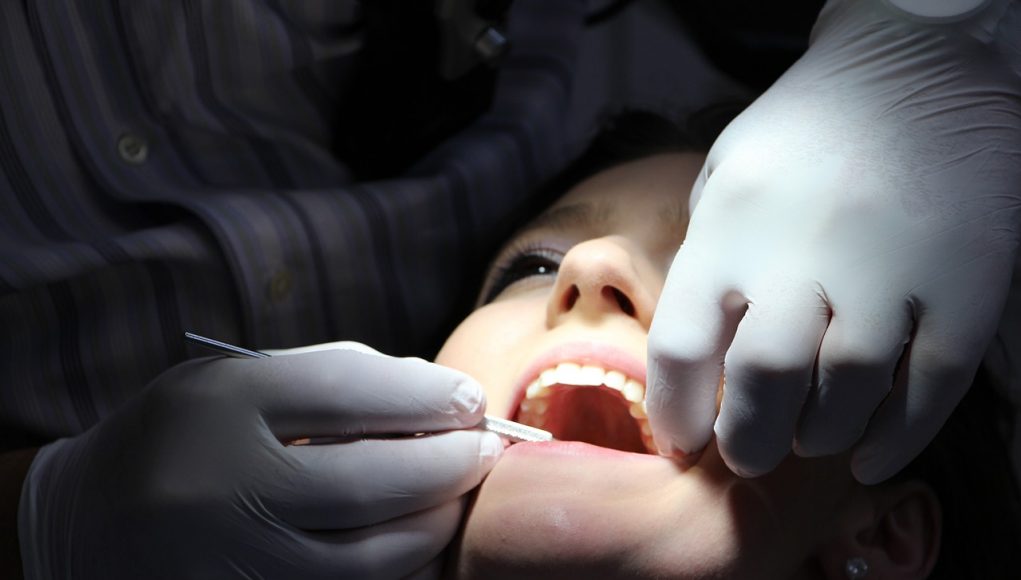There are many pros to switching from smoking to vaping, namely of course the reduced health risks. However, amongst the advantages there is also oral health and appearance. Amongst other things, switching to vaping equates to getting rid of the bad cigarette breath and yellow fingernails, and according to dentist Dr Richard Marques, it also means that your teeth are no longer stained yellow.
“Vaping does not stain your teeth generally unless you are using a vape with tar or colourings in. This is because the vapour is mainly steam and the flavouring from the liquid contained within. It is the tar and ash from cigarettes that stain the teeth. Vapes do not contain this.” said Dr. Marques.
Inline with this, a study undertaken by scientists at British American Tobacco (BAT) earlier this year, examined teeth exposed to cigarette smoke over a two-week period, in comparison to those exposed to vaping for the same time period, and found that vaping does not stain teeth.
How about the effects of vaping on oral health in general?
However, Dentist Dr Harold Katz points out that while the major staining agent (tar) is absent in e-liquid vapour, the nicotine in the liquid may still contribute to a little staining. “Although nicotine is actually colourless, it becomes yellowish in hue when it combines with oxygen molecules.”
Dr. Katz said that there may be other pitfalls to vaping. “Nicotine is a vasoconstrictor and limits blood flow in our oral tissues leading to tooth decay, receding gums and an increased risk of developing gum disease, dry mouth and bad breath,” he added, “It can also mask the symptoms of gum disease as a reduced blood flow can often hide the presence of bleeding gums, one of the key early visible indicators that a patient has the condition.”
Studies on the effects of vaping on oral health
In line with this, a 2016 study by a team of periodontologists at the Dental Institute of the Kings College of London published in the British Dental Journal, had looked at signs of inflammation and levels of selected pro-inflammatory cytokines in GCF, saliva and serum of their participants. The authors had concluded that vaping may lead to gingival inflammation.
The participants comprised of 110 smokers who had just switched to vaping, and had their oral health examined at the start of the study, then after 60 days, and also after 120 days from the initial examination. These new vapers were divided in two different categories, those who had smoked for less than 10 years (group 1), and those who had smoked for longer than 10 years (group 2).
When examined at the start of the study, 85% of group 1 had a plaque index score of 1 out of 3, with only 15 of them having no plaque at all. For group 2, three-quarters of the participants had a plaque index of 2 and none of them had a 0 plaque score. When examined again at the end of the study, 92% of group 1 and 87% of group 2, boasted plaque scores of 0.
With regards to gum bleeding, at the start of the study, 61% of participants in group 1 and 65% of those in group 2, experienced bleeding when poked with a probe. Subsequently, when re-examined at the end of the study, 92% of those in group 1 and a total of 98% of the participants in group 2, experienced no bleeding when probed.
Switching from smoking to vaping, improves one’s oral health
Therefore, while it is a known fact that smokers are at a high risk of staining, gum disease, plaque buildup and periodontal disease amongst other things, the above research clearly indicated that there is a positive correlation between switching from smoking to vaping and an improvement in oral health.












